#Ushabti
Text

It's oft forgotten that amongst the Pegasus-pattern, the Ushabti Omnigun is no mere paracausal existence; the nature of its containment and rumoured-intelligence points to it being a yet-to-be categorised NHP.
No attempts of breaching the containment has yielded intelligence, yet accounts from surviving pilots of cascading SISYPHUS NHPs have noted the NHP conversing with an unknown figure manifesting from the containment field.
As footage of this are often rare and/or tampered, their existence is still under debate.
408 notes
·
View notes
Text

Ushabti of king Tutankhamun
230 notes
·
View notes
Text

The 'Vox Populi' is an extensive retrofit of a remilitarised civilian Everest Type-VJ chassis, seemingly incorporating technology from the PEGASUS Pattern Group (DS Subpattern). The appearance of the PG on Sparr is currently unexplained. Further investigation may be warranted.
#artists on tumblr#my art#illustration#digital art#mecha#character design#lancerrpg#lancer rpg#lancer art#horus#horus pegasus#pegasus lancer#ushabti#smartgun#sniper mecha#scifi art
369 notes
·
View notes
Text

Faience ushabti of Painedjem II. Artist unknown; ca. 1070-664 BCE (21st-25th Dynasty, Third Intermediate Period). Now in the Metropolitan Museum of Art.
#art#art history#ancient art#Egypt#Ancient Egypt#Egyptian art#Ancient Egyptian art#Egyptian religion#Ancient Egyptian religion#kemetic#sculpture#faience#ushabti#shabti#shawabty#hieroglyphics#Metropolitan Museum of Art
364 notes
·
View notes
Text
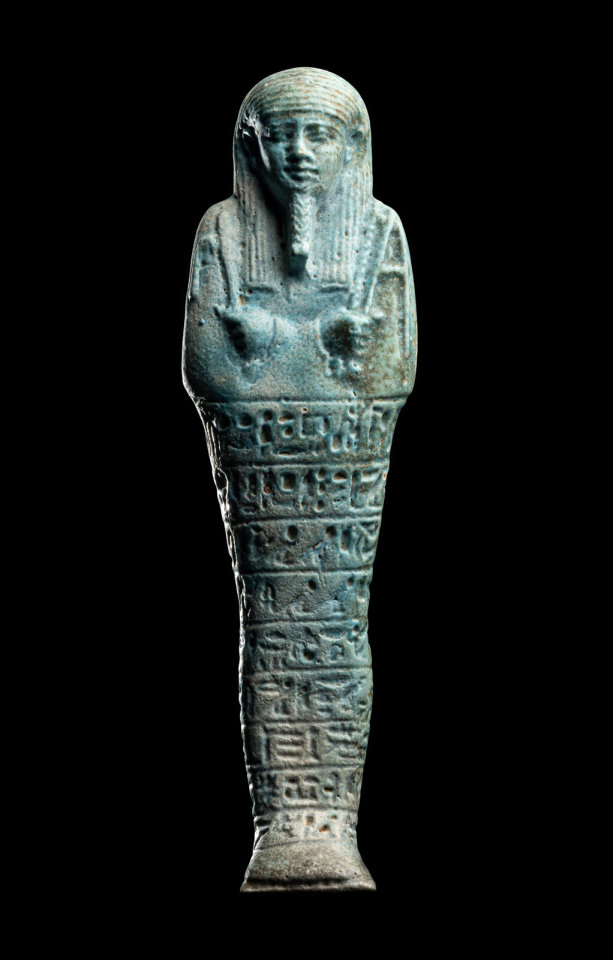
Egyptian ushabti (blue faience, Late Period 664-343 BC)
from here
25 notes
·
View notes
Text
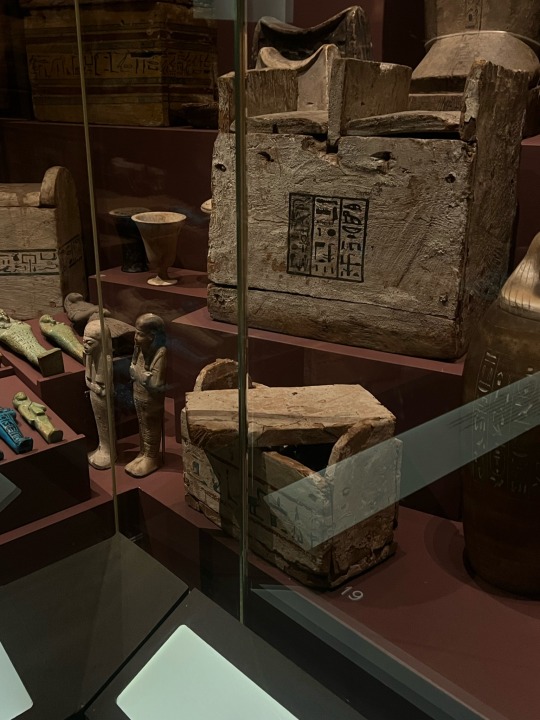
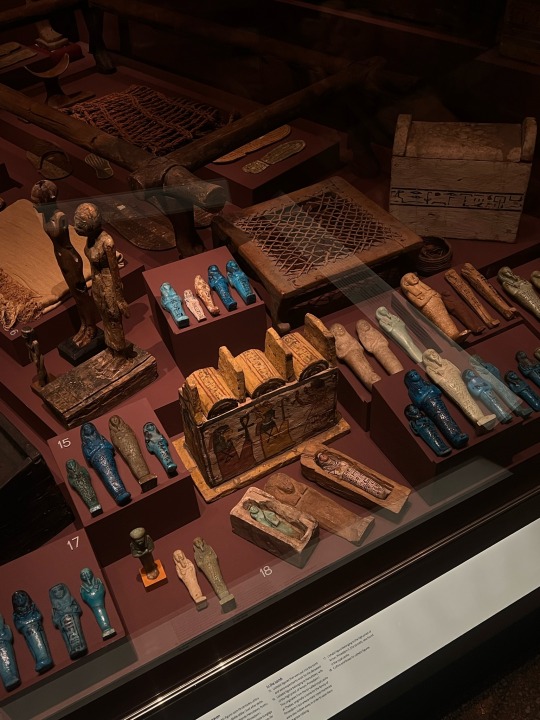
What if we get married (as friends ofc) and you make me an Ushabti as a wedding gift?
#ancient egypt by train#ancient egypt#ancient civilizations#the egyptian#egyptian mythology#egyptology#egyptian gods#ushabti#steven with a v#steven grant x reader#egypt#egyptian#date ideas#my wedding plan
10 notes
·
View notes
Text
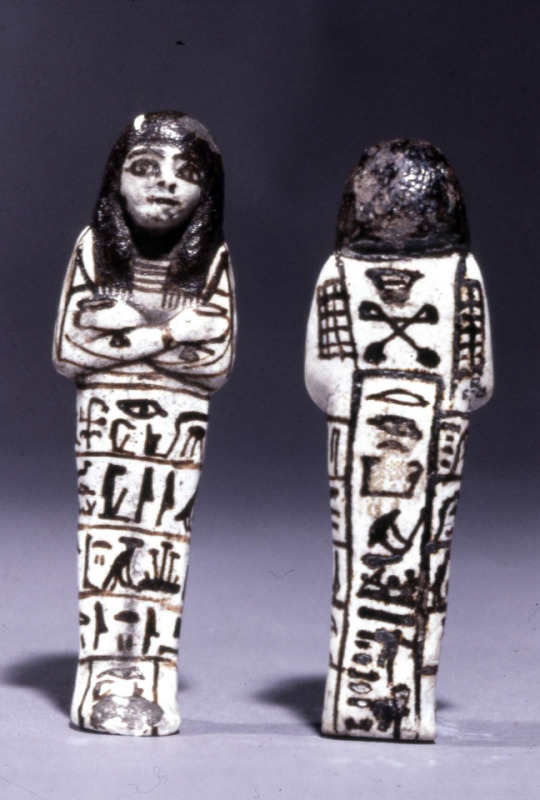
White glazed composition shabti of Anu. British Museum. EA30003
25 notes
·
View notes
Text
We need confirmation on the horseless carriage situation in the Neath. Big Benz invented the car in like 1650 or something. It's AT LEAST 1900 right now in Fallen London according to several texts. RS needs to sashay out of her townhouse and cruise about at 2 miles an hour down the nearest boulevard or thoroughfare. It's a perilous business. Hunting one of these Ushabti creeps. A living statue sounds right up my alley. I sorted through mountains of documents in the sunken embassy and these Devil bastards pay me dirt! Except dirt would be more valuable than what they gave me. They gave me some kind of cross or something from the IMPOSTER SYNOD. It has no apparent use and I can't sell it. I'm HATING this update! All it's done is call me an 'unremarkable lady'. I'll be finding whoever did this. Got an emergency blunderbuss shaped present for them, just in time for Christmas. Hunting a statue.
PS Sasha would eat ABBA up like no tomorrow. This wasn't really worth making a whole post about so here you are. She'd love it more than laudanum.
7 notes
·
View notes
Text

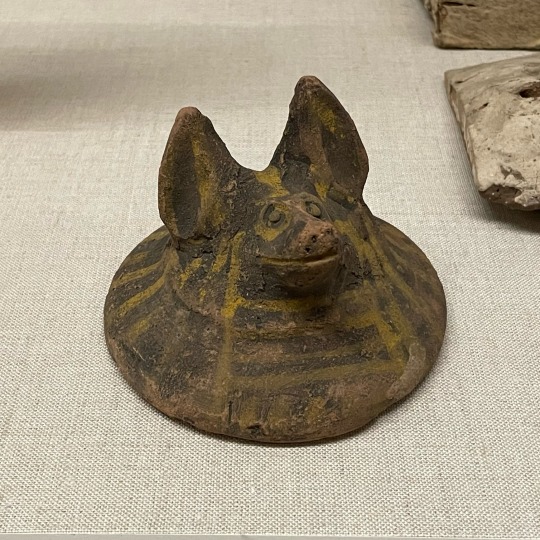
Jackal-form lid from an ushabti storage jar
Baked clay, paint
Egypt, Abydos, 2nd Intermediate Period, Dynasty 17 (1600-1569 BCE)
Institute for the Study of Ancient Cultures (ISAC) at UChicago display
“In some burials at Abydos, ushabti figurines were stored in jars with jackal-form lids. The pottery jars resemble canopic jars, however the ushabti jars are inscribed with a brief text that also appears on ushabti figurines.”
#animals in art#ancient Egyptian art#ancient art#ushabti#jackal#lid#ISAC#museum visit#ceramics#clay#sculpture
13 notes
·
View notes
Photo
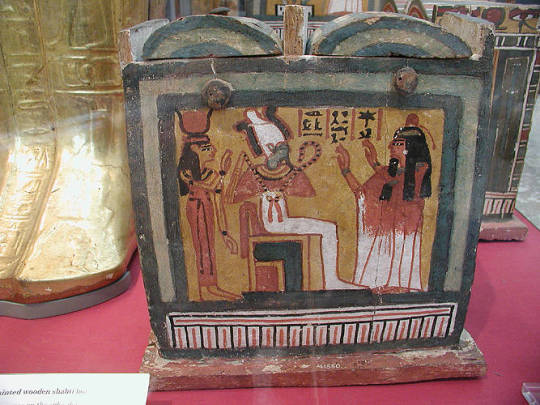
Ushabti Box with mention of the goddess Seshat
64 notes
·
View notes
Photo

Cobalt Crust Fungus
Inspiriation for this were the Ushabti from Warhammer.
12 notes
·
View notes
Text

Drawer full of ushabtiu! Typical New Kingdom dress.
15 notes
·
View notes
Text

Wooden ushabti of king Tutankhamun with round ebony or nubian wig and golden collar.
The ushabtis, or funerary figures were intended to perform work in the place of the deceased in the afterlife. They were usually made of faience, wood, or pottery and were various sizes.
New Kingdom, 18th Dynasty, reign of Tutankhamun, ca. 1332-1323 BC. JE 60835; GEM 39126
Read more
219 notes
·
View notes
Photo

Moonknightober 16, 17 #18: Avatar
2 notes
·
View notes
Text

Ancient Egyptian mud coffin containing a wooden ushabti. Artist unknown; ca. 1580-1479 BCE (17th-18th Dynasty, late Second Intermediate Period or early New Kingdom). Found at Thebes; now in the Metropolitan Museum of Art.
#art#art history#ancient art#Egypt#Ancient Egypt#Egyptian art#Ancient Egyptian art#Egyptian religion#Ancient Egyptian religion#kemetic#shabti#ushabti#shawabty#coffin#woodwork#carving#earthwork#Second Intermediate Period#New Kingdom#Egyptian Thebes#Metropolitan Museum of Art
237 notes
·
View notes
Text

Egyptian ushabti for Nesbanebdjed (faience, Late Period 380-343 BC)
from here
10 notes
·
View notes